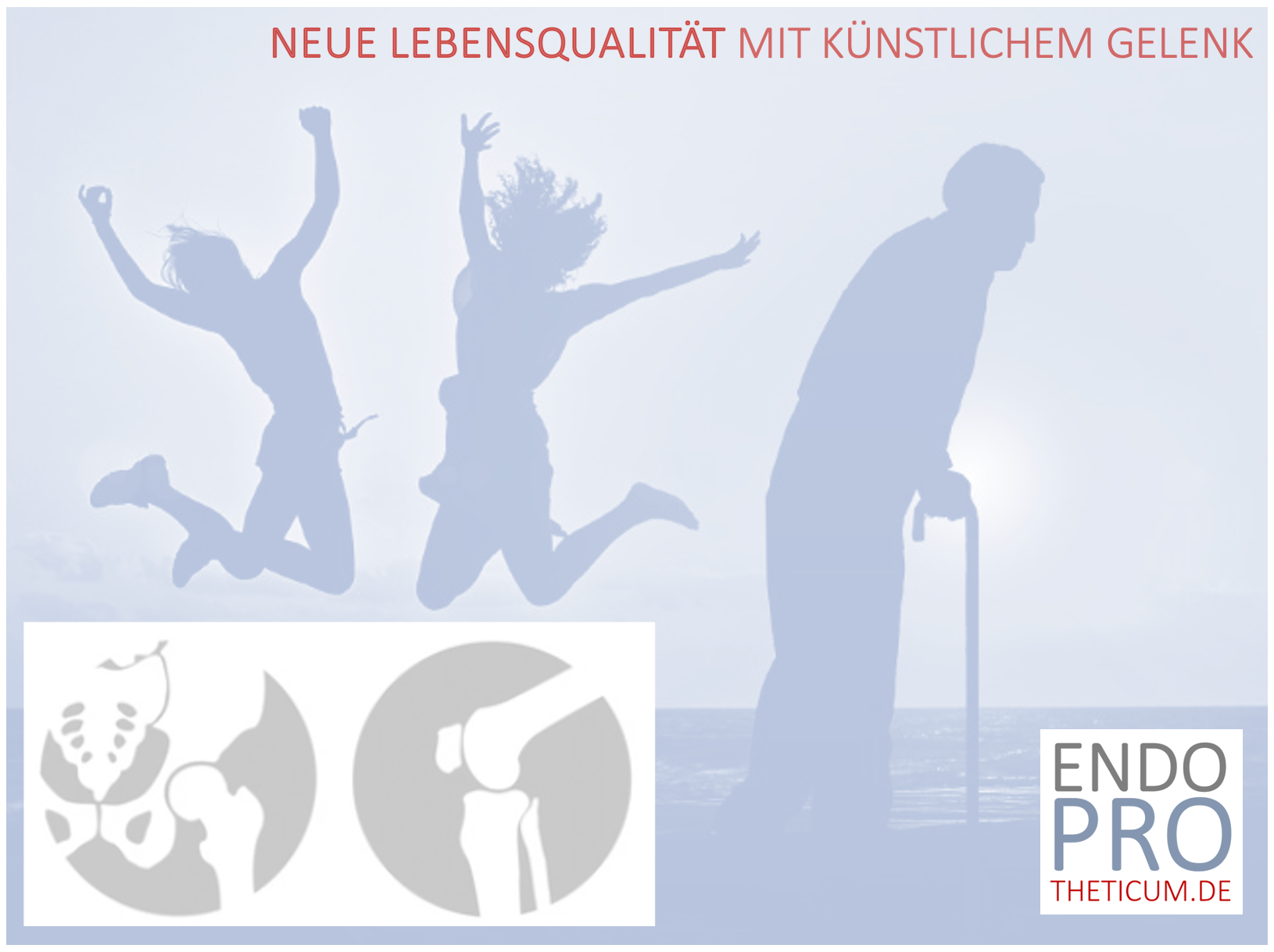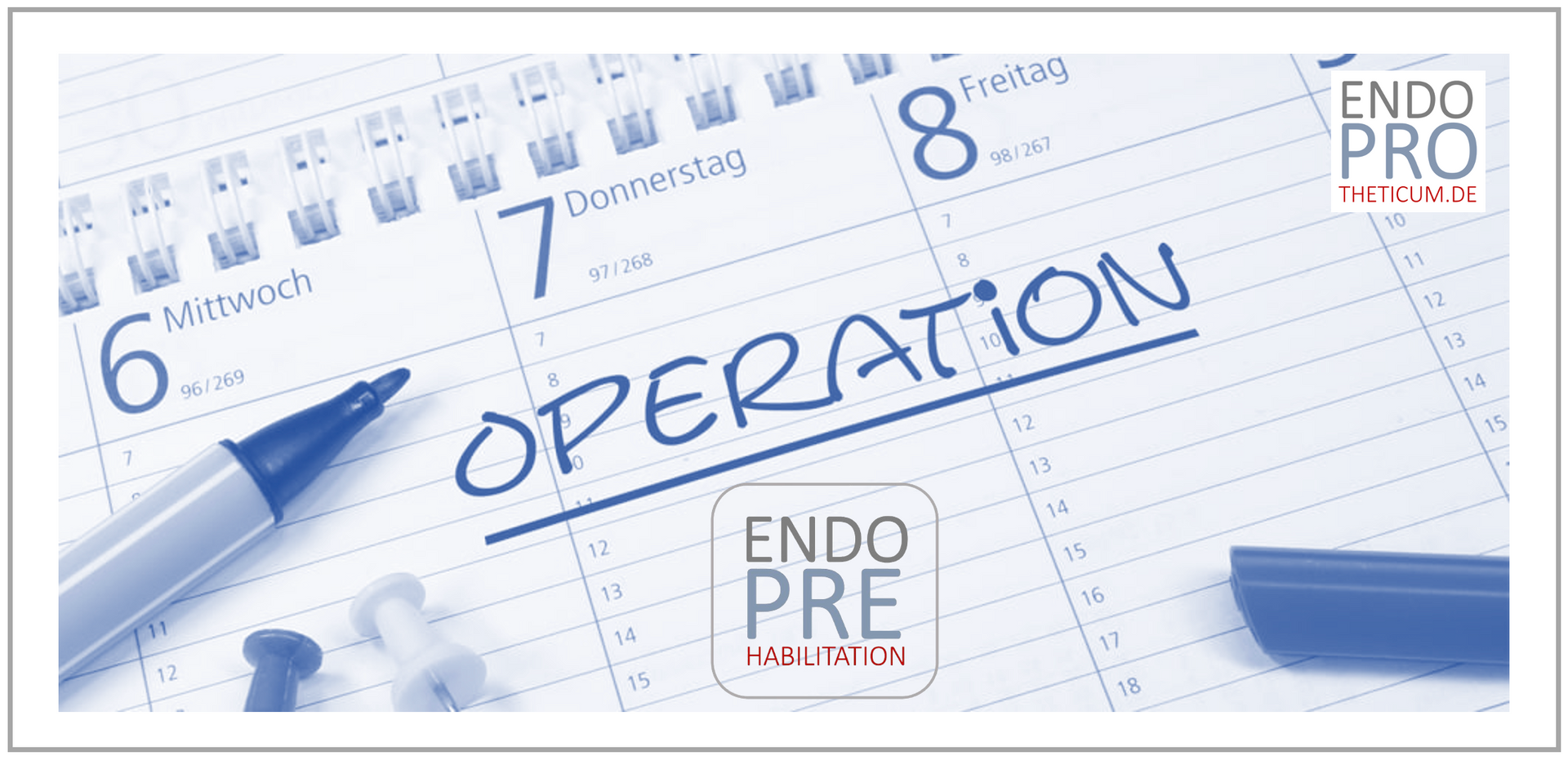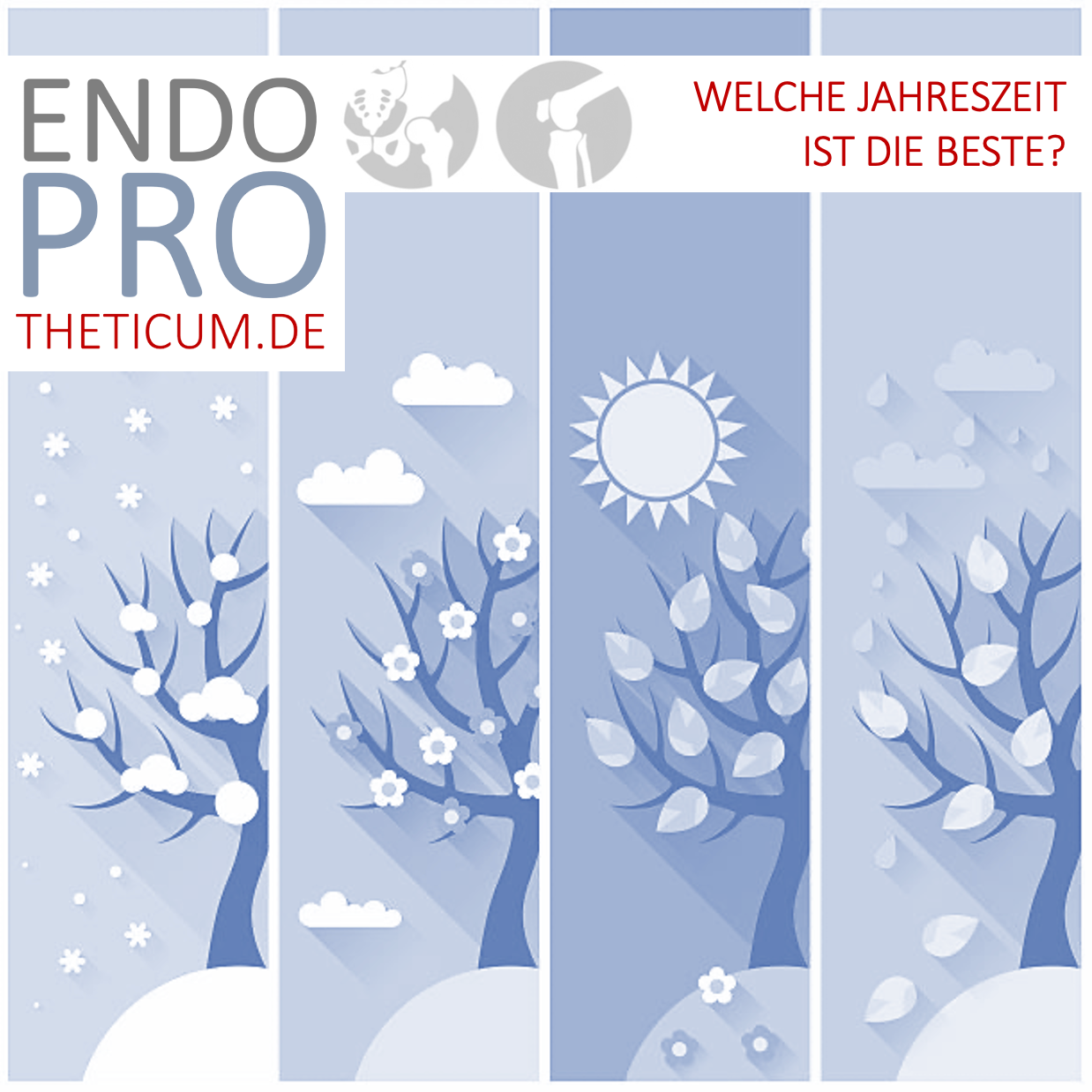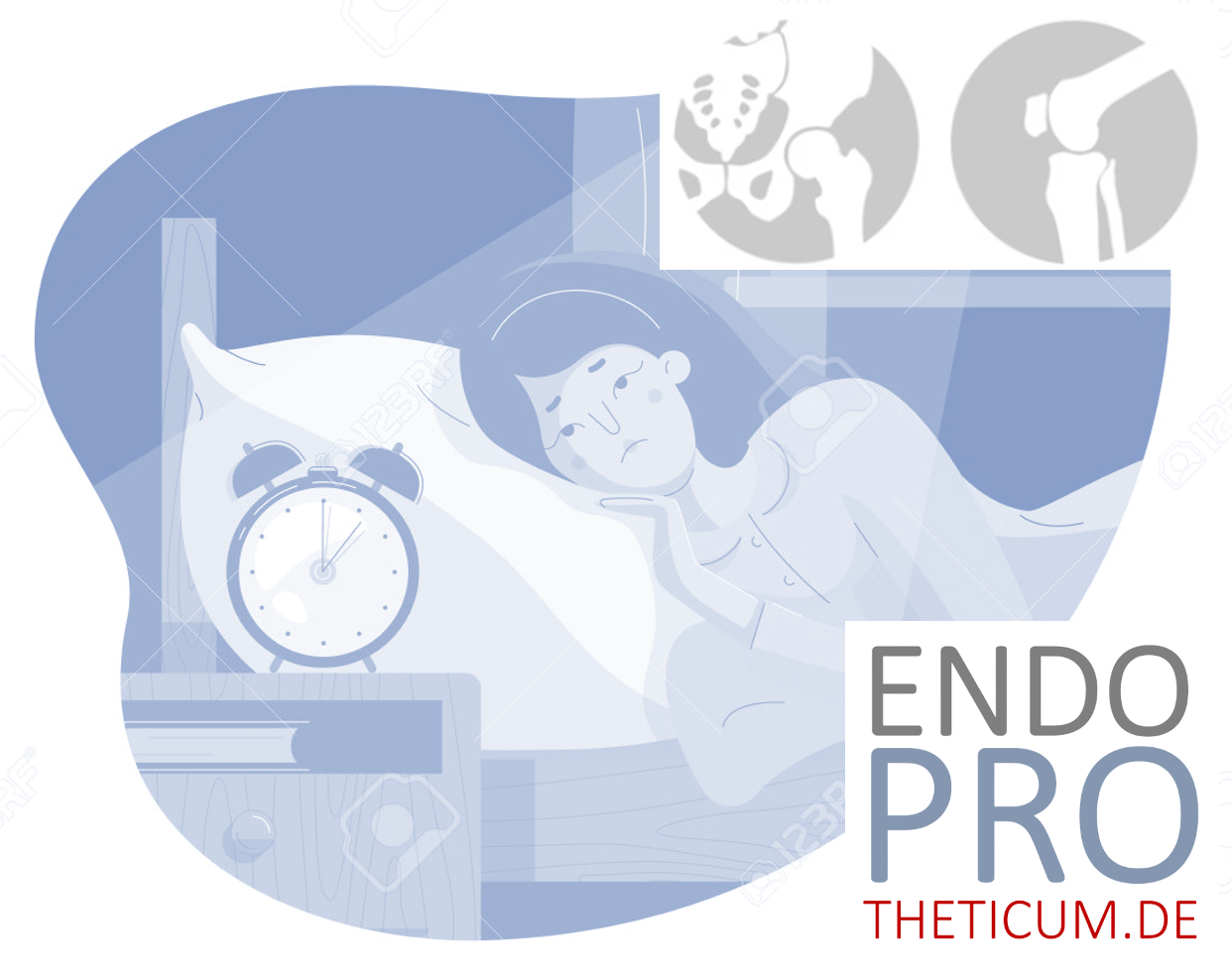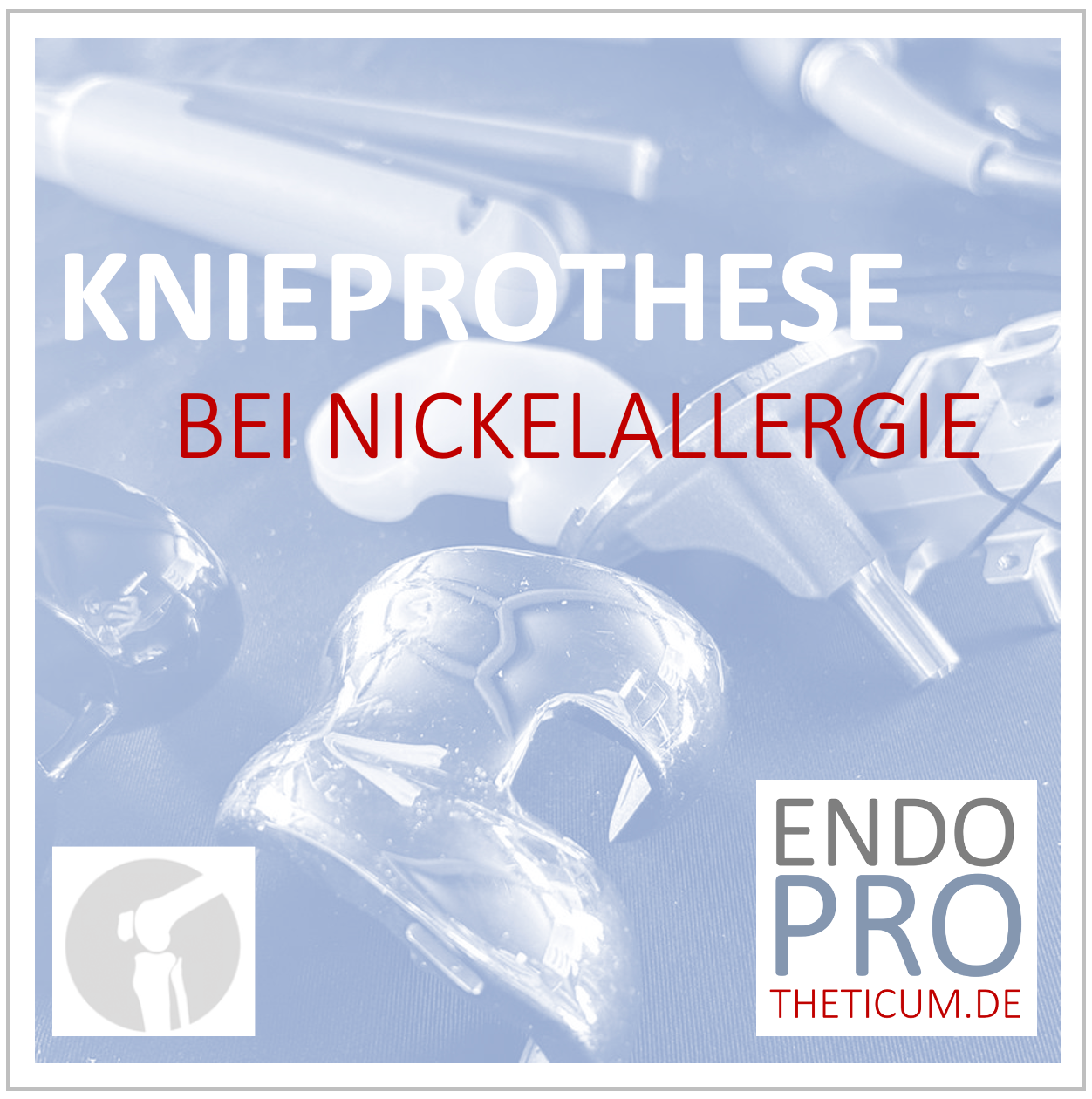Coxarthrosis: causes, symptoms and modern treatment methods
All about coxarthrosis

introduction
Coxarthrosis, also known as hip osteoarthritis, is a degenerative joint disease that affects the hip joint. It is one of the most common forms of osteoarthritis and affects millions of people worldwide. The disease can lead to significant pain and restricted mobility, which severely impairs the quality of life of those affected. This comprehensive blog post examines the causes, symptoms and modern treatment methods of coxarthrosis in detail.
Causes of coxarthrosis
The development of coxarthrosis can be influenced by various factors. However, there are some main causes that are particularly common in leading to this condition:
Genetic factors
Genetic predisposition plays a significant role in the development of coxarthrosis. Studies have shown that people with a family history of osteoarthritis have a higher risk of developing the disease themselves. Certain genetic markers may increase susceptibility to articular cartilage breakdown. The exact genetics behind coxarthrosis are complex and continue to be intensively researched.
Mechanical stress
Obesity and certain jobs or activities that put a lot of strain on the hip joint are also significant risk factors. Excess weight increases pressure on the joints, which leads to faster wear and tear of the cartilage. Activities that require repetitive movements or heavy lifting can also put strain on joints and increase the risk of coxarthrosis. The mechanical stress leads to micro-injuries in the cartilage, which add up over time and accelerate the degenerative process.
Injuries and accidents
Traumatic injuries such as hip fractures or serious falls can result in damage to the hip joint. Such injuries can damage the cartilage layer and contribute to the development of osteoarthritis in the long term. Sports injuries, especially among high-performance athletes, can also increase the risk. Post-traumatic osteoarthritis is a common consequence of such injuries, often occurring years after the initial trauma.
Inflammatory processes
Inflammatory diseases such as rheumatoid arthritis can also lead to the development of coxarthrosis. Chronic inflammation can break down joint cartilage and cause long-term damage to the joint. Inflammatory processes lead to the release of cytokines and other pro-inflammatory molecules, which further promote cartilage breakdown. This shows how important the management of systemic inflammation can be in the prevention of osteoarthritis.
Other factors
With increasing age, the risk of coxarthrosis increases because joint cartilage naturally breaks down over the years. Studies also show that women are more often affected by coxarthrosis than men, which is attributed to hormonal differences. Hormonal changes, especially after menopause, can affect cartilage regeneration and increase the risk of osteoarthritis. Other factors such as unhealthy diet, lack of exercise and certain metabolic diseases can also contribute to the development of coxarthrosis.
Symptoms of coxarthrosis
The symptoms of coxarthrosis often develop gradually and worsen over time. The most common symptoms include:
Early symptoms
- Hip and groin pain : This often occurs after physical exertion or long periods of inactivity. Initially, the pain is often non-specific and is misinterpreted by many patients as muscular complaints.
- Stiffness and limited mobility : Especially in the morning or after sitting for a long time. Patients often report initial pain that subsides after a few minutes of movement.
Advanced symptoms
- Increased pain even at rest : In advanced stages, the pain can also occur at rest, which significantly affects the quality of life.
- Deformity of the hip joint : The joint structure may change, resulting in visible deformities. These changes are often visible on x-rays and can lead to a functional leg length discrepancy.
- Functional limitations and difficulty walking : Patients may have difficulty managing everyday activities such as walking, climbing stairs, or getting dressed. These restrictions often lead to a reduction in mobility and social isolation.
diagnosis
Diagnosis of coxarthrosis is usually made through a combination of history, physical examination, and imaging tests such as X-rays or MRI. Blood tests can be used to rule out inflammatory diseases.
- Medical History : Obtaining medical history, including family history and previous injuries.
- Physical examination : Checking the mobility of the hip joint and recording pain points.
- Imaging : X-rays to assess joint space, osteophyte formation, and other degenerative changes. An MRI can be used to assess soft tissue structures and early cartilage damage.
Modern treatment methods
Conservative treatment
Conservative treatment includes non-surgical measures aimed at relieving symptoms and slowing the progression of the disease:
- Physiotherapy and special exercises : Targeted exercises can strengthen muscles and improve joint mobility. Physical therapists can create customized programs that address the patient's specific needs.
- Drug therapy : Painkillers and anti-inflammatory medications can relieve the symptoms. These include NSAIDs (non-steroidal anti-inflammatory drugs) and COX-2 inhibitors. If the pain is severe, opioids and local cortisone injections may also be considered.
- Weight loss and dietary adjustment : A healthy diet and weight loss can reduce pressure on the joints. A low-calorie, nutrient-dense diet can help control weight and relieve symptoms.
Invasive treatment
If conservative measures are not enough, more invasive treatments may be considered:
- Injection therapy : Injections of cortisone or hyaluronic acid can reduce inflammation and improve joint function. These treatments are often effective in the short term and can be used repeatedly.
- Minimally invasive surgical procedures : Arthroscopic procedures may be performed to clean the joint and remove bone fragments. These procedures are less invasive than open surgery and have shorter recovery times.
Surgical treatment
If coxarthrosis is advanced, surgery may be necessary:
- Total hip arthroplasty (THA) : This involves replacing the damaged hip joint with an artificial one. This surgery has high success rates and can significantly improve quality of life.
- Short-stem prostheses : This less invasive method is becoming increasingly popular. Short-stem prostheses require less bone removal and can allow for faster rehabilitation.
- Surgical methods and techniques : Modern techniques such as the anterior approach and minimally invasive methods offer numerous advantages, including reduced postoperative pain and faster recovery times.
Innovative and alternative methods
- Stem cell therapy : This experimental method uses the body's own stem cells to regenerate joint cartilage. Research in this area is promising, but further studies are needed to confirm long-term effectiveness.
- PRP therapy (Platelet Rich Plasma) : autologous blood therapy to promote healing and reduce inflammation. PRP therapy uses the growth factors in the blood to promote tissue regeneration.
- Acupuncture and other complementary approaches : These methods can help relieve symptoms. Acupuncture can relieve pain and improve mobility, while other complementary therapies such as yoga and tai chi can promote overall health.
Prevention and self-management
Nutrition
A balanced, anti-inflammatory diet can alleviate the symptoms of coxarthrosis. Important nutrients include omega-3 fatty acids, antioxidants and vitamins.
- Omega-3 fatty acids : These are found in fatty fish such as salmon and mackerel and have anti-inflammatory properties.
- Antioxidants : Found in fruits and vegetables such as berries, oranges and spinach, they help reduce oxidative damage.
- Vitamin C and E : These vitamins support joint health and are found in foods like citrus fruits and nuts.
movement and sport
Regular exercise is essential to keep your joints flexible and strengthen your muscles.
- Suitable sports : Swimming, cycling and Nordic walking are particularly gentle on the joints.
- Special exercises : Stretching and strengthening exercises for the hip muscles can relieve pain and improve mobility.
Lifestyle changes
Weight control and ergonomic adjustments in everyday life can reduce stress on joints and relieve symptoms.
- Ergonomic adjustments : Use of seat cushions, back-friendly furniture and adapted workstations.
- Weight management : Reducing body weight can relieve pressure on the hip joints and reduce pain.
Self-help groups and support
Exchanges with other sufferers in self-help groups and advice from professional therapists can offer valuable support.
- Self-help groups : These offer a platform for exchanging experiences and tips on how to cope with the illness.
- Professional support : Physiotherapists, occupational therapists and psychological counselors can offer individual assistance.
Outlook and conclusion
Future developments
Research into the treatment of coxarthrosis is constantly progressing. New therapeutic approaches and technological advances in endoprosthetics offer promising perspectives.
- Biological therapies : Research into biological therapeutic approaches such as gene and cell therapies could offer new treatment options in the future.
- Technological innovations : Advances in robotics and minimally invasive surgery could further improve treatment outcomes and shorten recovery times.
Summary
Coxarthrosis is a common and stressful disease, but with the right measures the quality of life of those affected can be significantly improved. Prevention, early diagnosis and individually tailored treatment are crucial for treatment success. From conservative measures to innovative therapies and surgical interventions, there are numerous options available to alleviate symptoms and preserve the function of the hip joint. Through a combination of medical treatments, lifestyle changes and supportive measures, those affected can actively contribute to improving their situation.
MAKE AN APPOINTMENT?
You are welcome to make an appointment either by phone or online .










